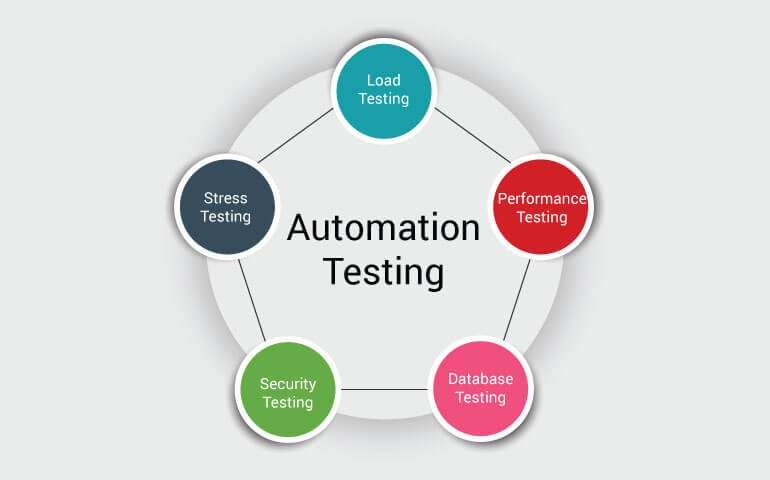Automated testing is a testing process for software and other tech products to ensure that they meet specific standards. Automation testing ensures that the software performs according to what is planned and expected from it.
Some of the types of testing can be done manually. But, acquiring automation testing services can be more beneficial. Automation testing uses scripted sequences that examine the software. Then it compares the result from previous test results.
Automation testing can shorten the development procedures and eliminate human errors possibilities which will surely help in achieving the business’ Return of Investment or (ROI).
Executives in the industry are striving to apply 100% automated tests for all cases. But according to a survey, only 6% of industry professionals believe that using automated testing 100% is possible.
What are the Benefits of Automation Testing?
In a survey conducted to know the practitioner’s view on the benefits and limitations of automated testing, the results show that its main benefits are reusability, repeatability, and saved efforts in executions.
- Saves time and money – Though getting an automation testing service requires an initial investment, you can save time and money in the long run. Your team will no longer need to test your software manually. This will make their workflow better and increase their productivity.
- It Simplifies Testing Process – In every SaaS and tech companies’ operations, testing is always part of the routine. It is very beneficial if the process of testing can be made more simple.
- Eliminates the Possibilities of Human error- Since this kind of testing is automated, tests can be run overnight or any time of the day without the need for human intervention. Lesser human intervention means lesser human error.
- More Detailed Reporting – well-crafted case tests are being used for automation testing. These script sequences are incredibly in-depth that they can provide a more detailed report than manual testing.
- Better Bug Detection – automation testing can analyze wider test coverage. Therefore, it can detect more defects and bugs when run.
Common Types of Automation Testing
- Unit Testing is very beneficial because it can detect bugs even in the development phase. This makes the cost of maintenance as low as possible. However, it is not guaranteed that they can detect every single bug in the application. They are also relevant in smaller units.
Unit testing type can be categorized into the following:
· Black Box Testing – UI testing along with output and input
· White Box Testing – test the application’s functional behavior
· Gray Box Testing – executing test cases, performing risks analysis and test suites
2. Functional Testing. Assessing the software against the set functional requirements/ specifications is the purpose of functional testing. It focuses primarily on the main functions of the system, such as usability, user accessibility, and the likes of those.
3. Smoke Testing is designed to assess the viability and stability of the deployed build of the software. It is also known as Confidence Testing and Build Verification Testing. This test is done once the developed software function has been integrated already with the build of the software.
4. Integration Testing focuses on assessing whether the system complies with the functional requirements set for it as a whole. It works by studying how every module interacts when brought together.
5. Performance Testing is testing the software’s speed, responsiveness under workload, and stability, which are the main goals of the performance test to assess. Performance testing is very essential to attain the success of the software in the market. This is because it helps identify potential issues that users could face such as if the software will be slower once under workloads.
6. Regression Testing involves the re-running of non-functional and functional to see if the software is working the same way as before after some changes have been made. The software is considered regressed once it does not perform the way it is performed before the changes are made.
7. Non Functional Testing involves testing all various nonfunctional elements such as performance, reliability, and usability. Normally, nonfunctional testing follows functional testing because it is only logical to know that a product does what it is supposed to before the investigation of how well it dies.
8. Data-Driven Testing. More often, testers are using multiple sets of data when testing and have to develop new data-driven testing is very effective. It involves the usage of data external to the system to extend the automated test cases.
9. Keyword – Driven Testing involves the identification of specific keywords and integrating them with specific actions. Therefore, whenever a keyword would be used, it entails an action connected to it. Keyword-driven tests involve the usage of data files containing keywords related to the applications being tested.










